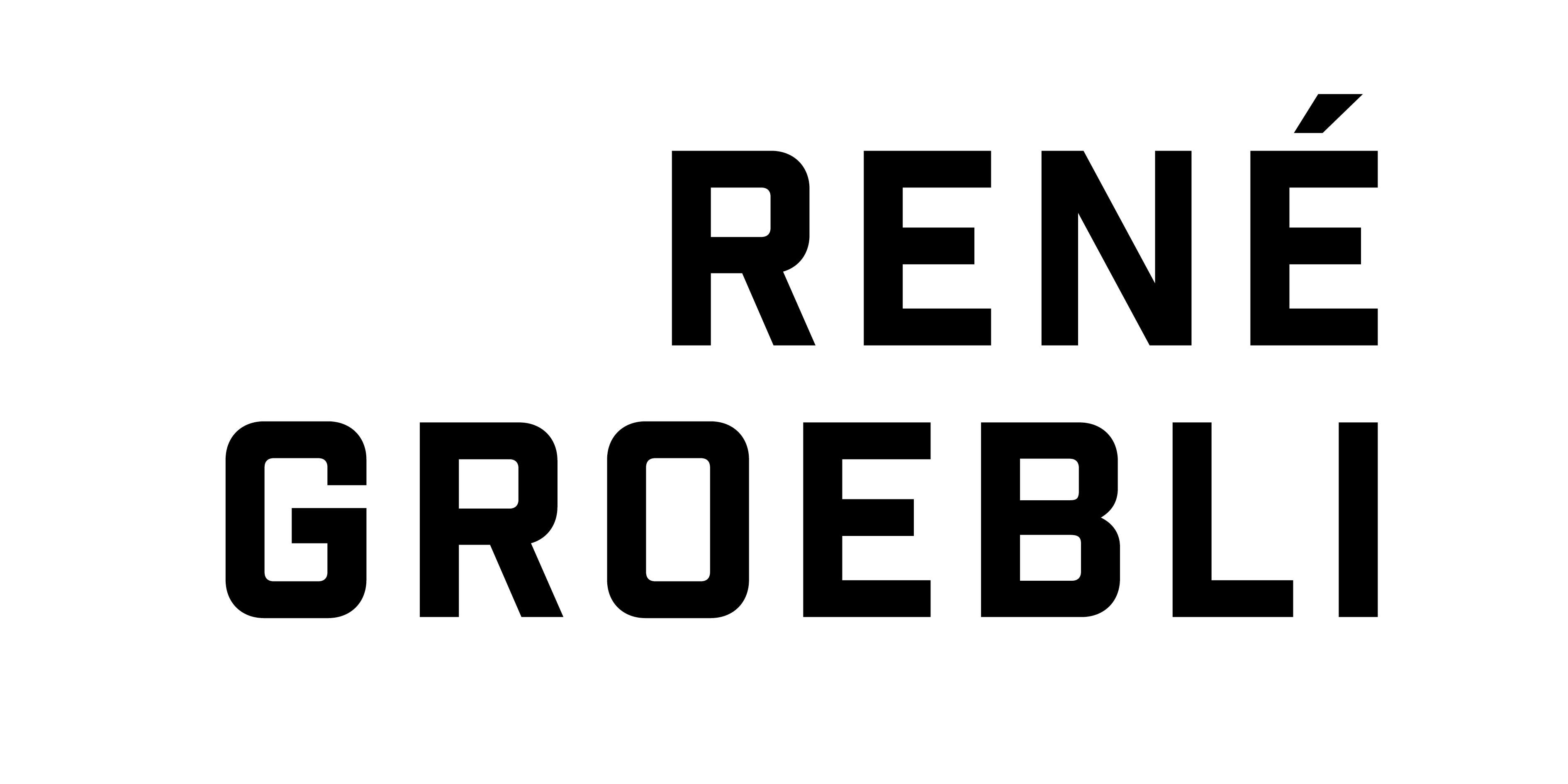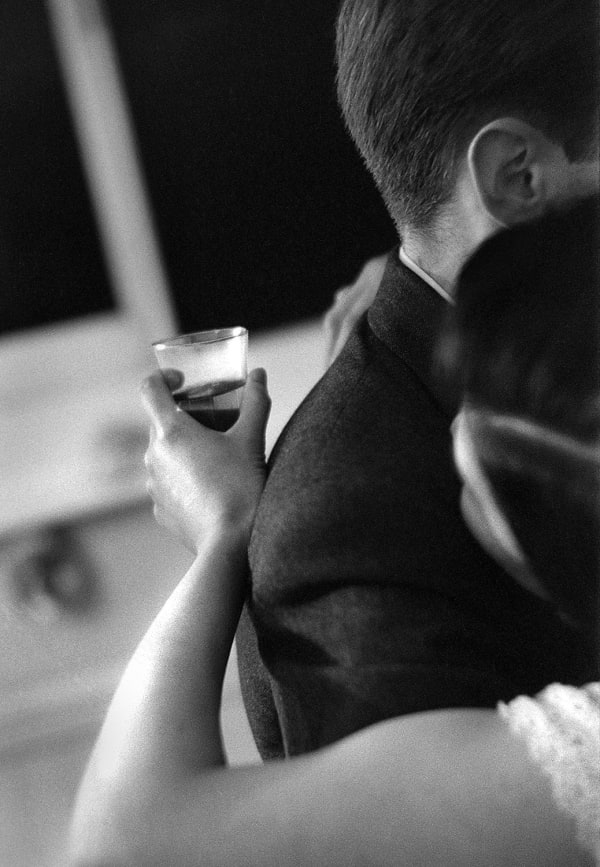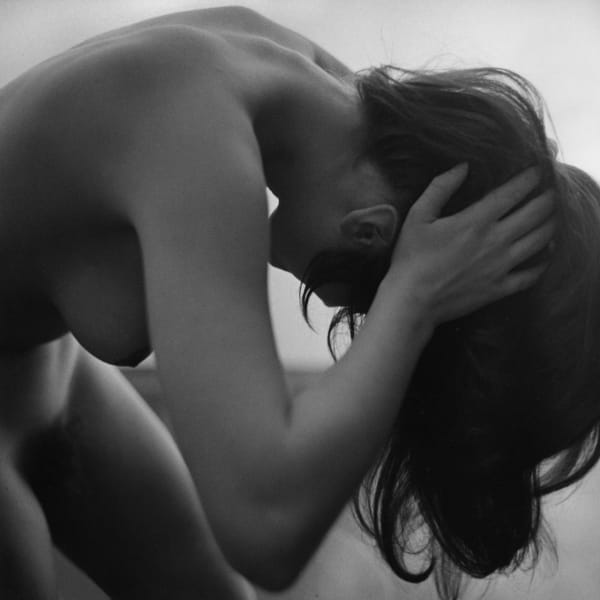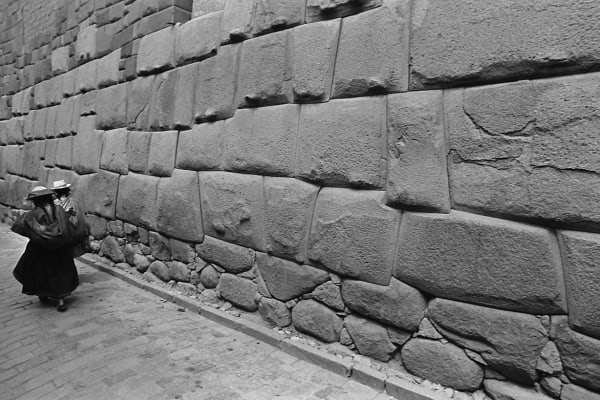-
-

THE EYE OF LOVE
PARIS, 1952"If I had been a poet, I would have written poems to her but being a photographer, my desire was to preserve memories and to succeed in capturing the unforgettable atmosphere of this trip with Rita. I decided to offer her a photographic love poem."
Taking a belated honeymoon in 1952, photographer René Groebli and his wife Rita spent two weeks in the Parisian district of Montparnasse. In their modest hotel room, Groebli almost tangibly captured a tender intimacy, enveloping us in a world of light, shadow, and delicate movement. The gentle and poetic images, with their soft focus read like loving caresses. They seem to trace the fleeting moments of a single day, creating a love poem without words. A year later, Groebli transformed 25 selected photographs of this journey (and a side trip to Marseille) into a picture essay.
Learn more here.
-

Rail Magic
1949“By choosing the motive of the steam engine, Groebli intuitively captured the crucial symbol of his time.“
René Groebli’s 1949 photo essay Magie der Schiene (Rail Magic) is not a reportage; it is an attempt to depict an inner experience, which testifies to the artist’s early affinity with subjective photography. Photographed in and around Paris, as well as during a journey on a steam engine from Paris to Basel, the images capture Groebli's fascination with the dynamic forces of the trains – the steam, noise, and motion – transforming these elements into a deeply emotional experience. His work stands in stark contrast to the objective documentation promoted by Neue Sachlichkeit; instead, it emphasizes personal expression and the intensity of movement. With this approach, Groebli was clearly ahead of his time, offering a departure from the cool realism that dominated the post-war photography at the time.
Learn more here.
-

COLOR WORK
René Groebli started experimenting with vibrant color at a time when color photography was still a novelty, decried as cheap and dismissed as inferior to black-and-white photography by some of the great photographers of the era (such as Henri Cartier-Bresson and Robert Frank). In the 1940s and 1950s, black-and-white images still dominated magazines. Groebli, however, boldly applied his color experimentation to commercial work and portraits. He experimented with innovative, manual techniques in the darkroom, using colored lighting and filters to manipulate the mood and color palette of his images, which allowed him to create striking visual effects; The resulting images look as if they had been generated by a computer. This may well explain why many of his visual inventions remain disconcerting, disturbing and incomprehensible: they are situated, both technically and aesthetically, between the avant-garde of new photography in the Bauhaus era and the avant-garde of computer-generated visions in our contemporary, post-modern world.
Learn more here.
-

LONDON
1949“A few days before Christmas 1949 I arrived at Victoria Station in a foggy, bombed-out London. For two weeks, I wandered aimlessly around the city with my Leica and my Rolleiflex.”
Learn more here.
-

EARLY WORK
“If anything can be discerned in his early photography in particular, it is a penchant for cinematic strategies, for montage techniques, […] a passion for tempo and movement, articulated through blurring, and a [deliberate] lack of sharpness, a clearly forward-moving aesthetic.”
From the very beginning, René Groebli embraced a rather innovative approach to photography; He was always drawn to motion, dynamic composition and the coincidental – which was completely at odds with the cool, neutral style of New Objectivity then taught in art schools. Groebli, however, was not afraid to break new photographic ground in order to photographically render his very own vision.
Learn more here.
-

PORTRAITS
Over the years, René Groebli has portrayed many of the great names of the international art and culture scene, including Robert Frank, Le Corbusier, Friedrich Dürrenmatt, Charles Chaplin and Walt Disney, to name just a few. Some he portrayed during fleeting encounters and in documentary style, with others, he created entire series (Brassaï, Marcel Marceau).
And with others still, Groebli created so-called “communicative portraits”, as he himself termed them: using colored lights in the studio or dye-transfer processes and montage techniques in the laboratory, he tried to create portraits that would reveal something about the nature, the personality or even the work of the person portrayed - in an attempt to find a way out of the “stagnation of portrait photography” that he felt at the time. It was certainly also these color experiments that earned him the title “master of color” from the American magazine Popular Photography Color Annual in 1957.
Learn more here.
-

BERYL CHEN
1953“Like the masters of neorealist cinema in Italy, René Groebli photographed Beryl Chen, a young Jamaican immigrant, in postwar London. Through her person, the enthusiastic photographer tells an intimate, fleeting story of hope and longing”
A chance encounter in a London club led to a creative collaboration with young immigrant Beryl Chen. This resulted in a book project that lay in a drawer for 60 years and was only published in 2015.
Learn more here.
-

Nudes
Upon its first publication in 1954, Groebli’s series “The Eye of Love” was mainly met with rejection. But in 1955, the renowned magazine U.S. Camera Annual published eight pages from the series together with an empathic text and in the following year, a New York men's magazine published another small series of artistic nudes by Groebli.
In the ensuing years, Groebli only rarely takes further nudes – not until 2001/2002, when he creates a more substantial series of nudes, using the top floor of his country house in the Vosges, France, as a studio; he paints backdrops and uses the existent old woodwork and patinated walls to set the scene.
The work reflects a long-term, self-directed exploration of the nude, following Groebli’s departure from commercial photography.
Learn more here.
-

NY VISIONS / MELANCHOLIA
1978When in 1978, René Groebli went to New York for two months, he did so with neither assignment nor clear intention.
He knew the city well from his almost yearly visits for jobs – but this time, he exposed himself to the metropolis without the safety lines of appointments and acquaintances. For weeks, he roamed the streets, and when one looks at the pictures he took, one gets the impression he never talked to anyone during those days and nights, the camera his only companion. His New York is black, twilit, dimmed – street lights and lit windows fight against fog and rain. The debate is between the city itself – its houses, streets and cars – and the lonely wanderer with his camera.
Back in the studio, he creates a series of black and white images that form the basis of his 1996/1997 portfolio N.Y. MELANCHOLIA as well as an image series he calls Babylon Babylon; in which he crossfades black and white with colour photographs, resulting in disconcerting, eerily dystopian images.
Learn more here.
-

LANDSCAPES
Besides his seminal series Rail Magic and The Eye of Love, and alongside his better known photographs of big cities, famous faces and his experimental color commercial shots, René Groebli has also photographed landscapes time and again in quieter, more withdrawn phases; Among other places, he has captured rugged coastlines and lonely cottages in the windswept hills of Ireland, olive trees in Crete, scporched trees rising into the sky like disfigured memorials after vast forest fires in the South of France, and majestic mountainscapes in Switzerland…
Learn more here.
-

PERU & GUATEMALA
René Groebli travelled to Chichicastenango, a city in Guatemala, for the New Year celebrations 1971. From there, he traveled to Peru, where he spent two months photographing along the coast and, most notably, in the Andes.
Learn more here.
-












